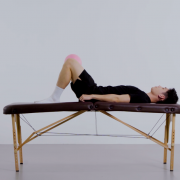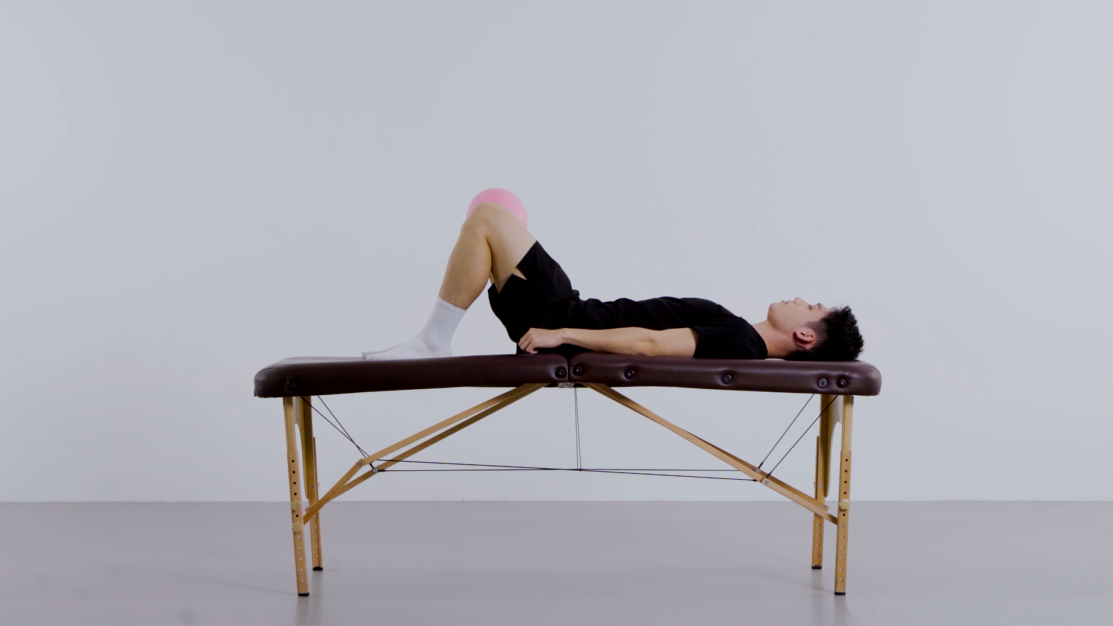Which Exercise Bike Burns the Most Calories? Top Picks & Tips
Choosing the right exercise bike is key to maximizing calorie burn at home. Among recumbent bikes, upright bikes, and indoor cycles, each offers unique benefits. This guide compares these options and shows why the HARISON recumbent bike is a top choice for efficient home workouts.
Types of Exercise Bikes for Calorie Burn
The main types of exercise cycle bikes include upright exercise bikes, indoor cycles, and recumbent bikes. Upright bikes engage more muscles, while recumbent bikes support longer, more comfortable sessions. Consistency is crucial for calorie burn, and comfort plays a big role.
Why Recumbent Bikes Are Effective
Recumbent bikes are excellent for sustained calorie burning. Their seated design reduces strain, allowing for longer workouts. The HARISON recumbent bike offers ergonomic support, making it easier to maintain regular exercise and burn more calories over time.
Upright vs. Recumbent: Calorie Burn Comparison
Upright exercise bikes can yield high intensity, but recumbent bikes often lead to longer workout durations. For most users, a recumbent bike like the HARISON model provides the ideal balance—comfortable enough for daily use yet effective for fat burning.
Key Features of the HARISON Recumbent Bike
The HARISON exercise bike for home includes a heavy-duty steel frame, 16-level magnetic resistance, and a silent dual-belt drive. These features help users customize workouts and track progress via the LCD monitor, supporting effective calorie burning for all fitness levels.
How to Maximize Calorie Burn
Vary your routine with intervals and resistance changes. The HARISON recumbent exercise bike makes it easy to adjust intensity and monitor stats. Comfortable equipment like this encourages consistency, which is essential for reaching calorie-burning goals.
Why HARISON Is a Top Workout Bike
HARISON stands out among top workout bikes with its easy assembly, sturdy build, and user-focused design. It’s a reliable exercise bike for home that combines performance and comfort, helping users stay committed to their fitness journey.
Conclusion
Whether you choose an upright exercise bike or a recumbent bike, the best option depends on your preferences and goals. The HARISON recumbent exercise bike offers comfort, durability, and smooth performance—making it an excellent choice for burning calories effectively at home.
FAQ
Q: How many calories can I burn on a recumbent bike?
A: You can burn 300–500 calories per hour on a recumbent bike, depending on intensity and weight.
Q: Is a recumbent bike good for weight loss?
A: Yes. Its comfort encourages regular use, which supports consistent calorie burning and weight loss.
Q: Can seniors use the HARISON recumbent bike?
A: Absolutely. It’s designed with a low step-through frame, stable construction, and easy-to-read monitor.
Q: How quiet is the HARISON exercise bike?
A: It uses a silent dual-belt drive, making it very quiet—ideal for homes and apartments.
Q: Does the bike come with support?
A: Yes. HARISON provides customer service and clear guides for assembly and use.






 What’s Coming for Black Friday Week:
What’s Coming for Black Friday Week: This is your early heads-up:
This is your early heads-up:
